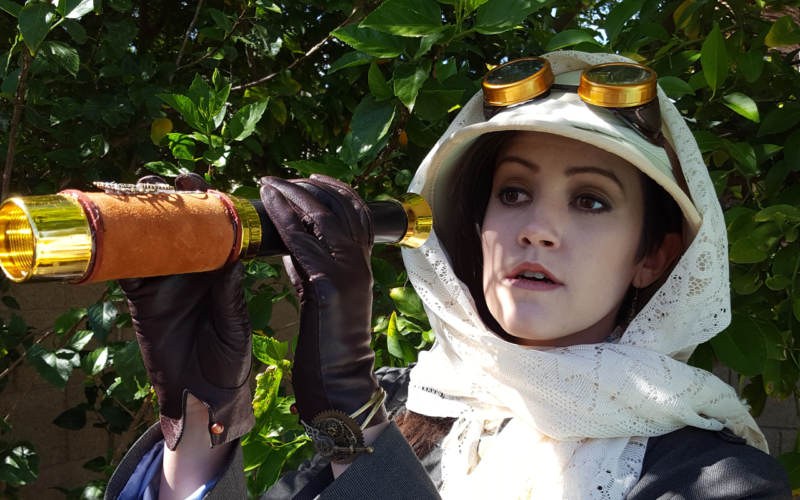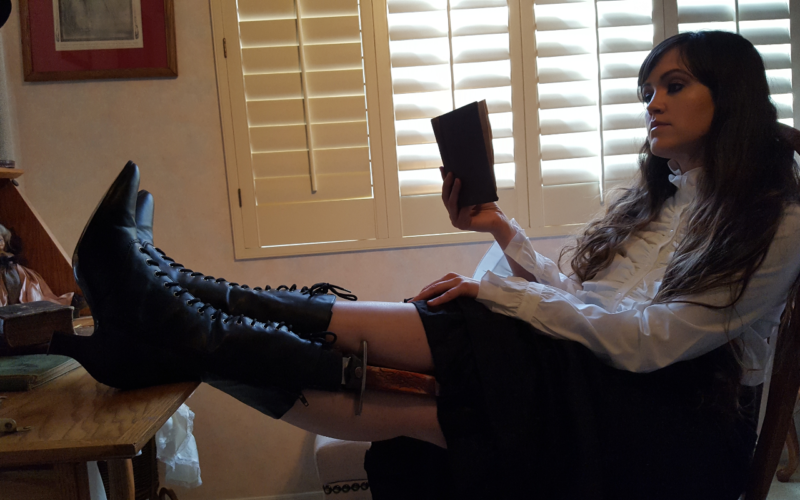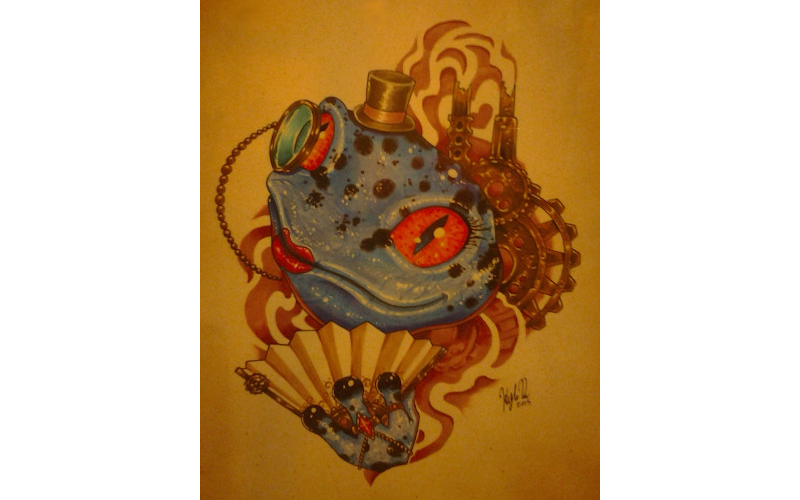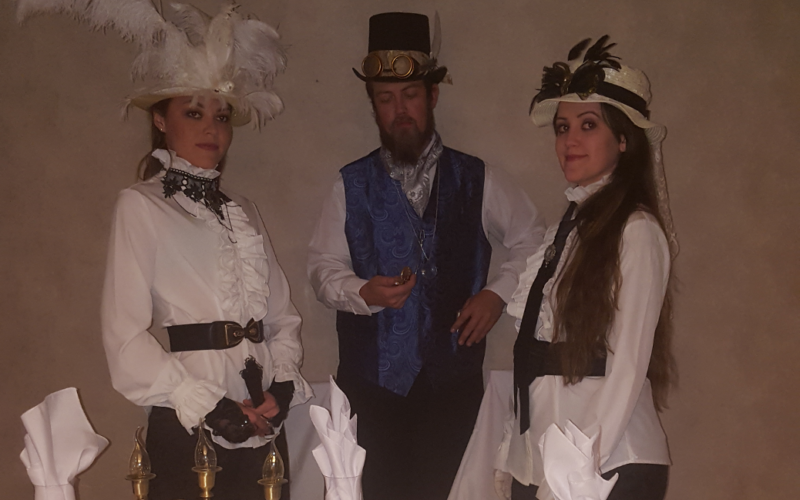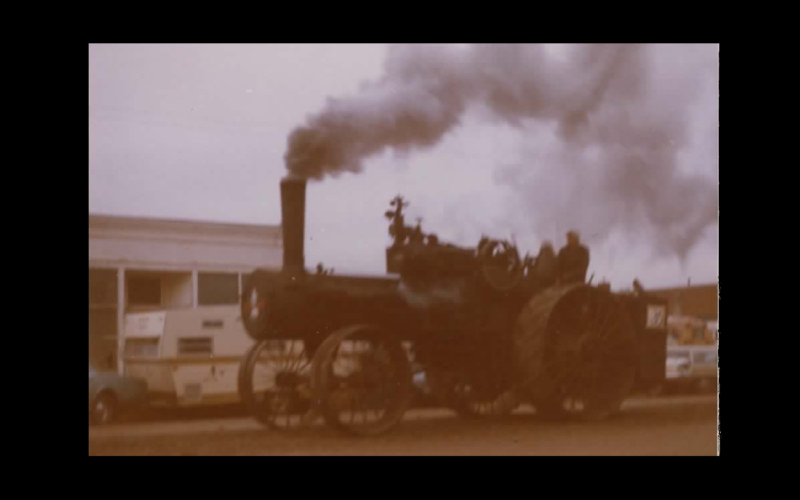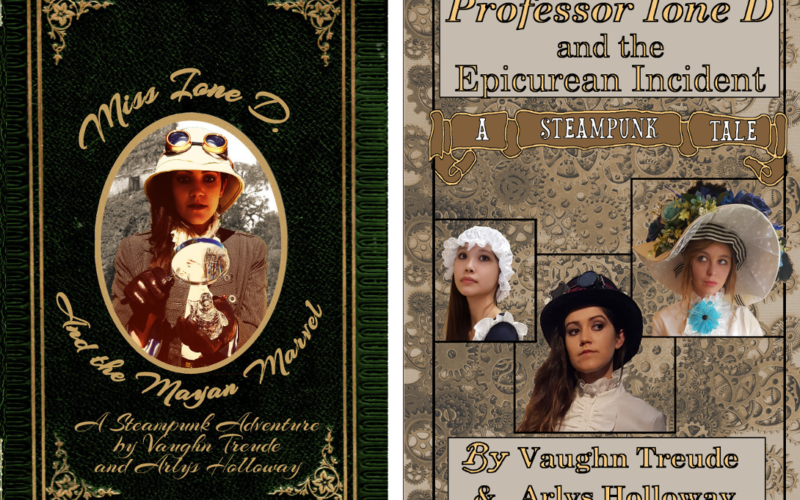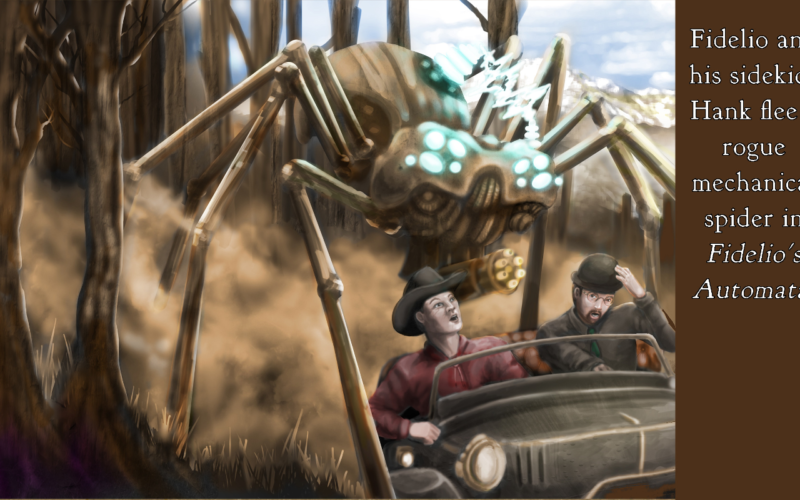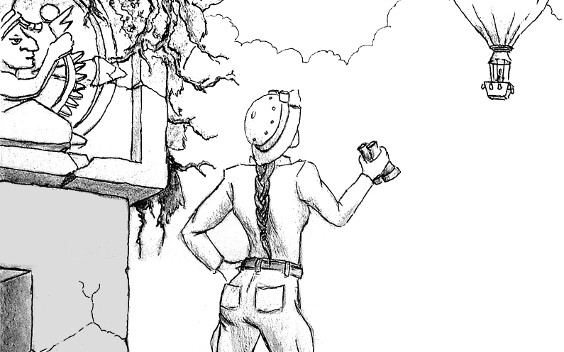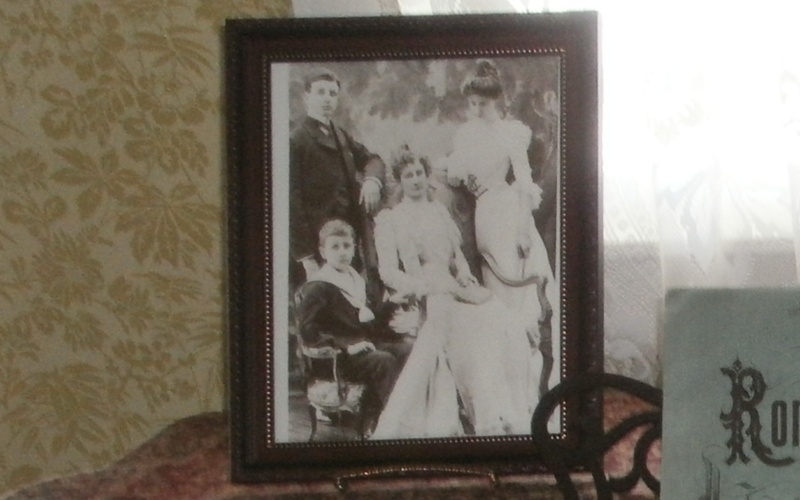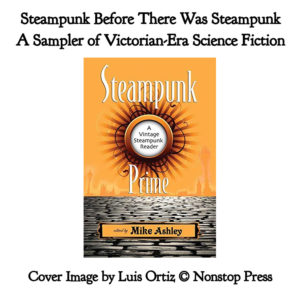
At the height of the genre’s boom around 2010, lots of folks were getting on the Steampunk Bandwagon. One happy side effect was a renewed interest in science fiction from the Victorian Era. The book Steampunk Prime is a collection of tales from the late 1800’s and early 1900’s, collected by editor Mike Ashley. A friend recommended it to me a few years back when I expressed interest in the genre. I got the Kindle version and started reading with great interest. Somehow I got sidetracked and didn’t get back to it until the summer of 2018.
First of all, I doubt you’ll have heard about any of these Victorian-era writers. I’m glad that Ashley picked unknowns because the works of Wells, Verne, and Conan-Doyle are in no danger of being forgotten. I’ll also repeat my usual warning: the stories in this collection within vary considerably in quality. Some are darn good stories. Others are intentionally funny, victims of their authors’ wildly inaccurate visions. about the coming 20th Century. Still others weren’t actually very good as stories, but are interesting as examples of the era’s obsession with futurism.
The editor prefaces each of these stories with a brief introduction, including some biographical details of its author. It’s interesting to note that several of them died young because the stereotype of the alcoholic writer already had some basis in fact. Most were British males, but there were Irish, French, American and Australian contributions. L. T. Meade, a popular female writer of the time, had one of the best stories in the bunch, a Holmes-esque mystery called “The Brotherhood of the Seven Kings.”
Other notable stories include Jean Jaubert’s “The Gibraltar Tunnel,” an exciting tale of a man-made disaster and Owen Oliver’s “The Plague of Lights,” a Twilight-Zone-type story about a very unusual alien invasion. The most frustrating entry was George Parsons’ novelette, “In the Deep of Time.” This lackluster story suffered badly from what I call exposition-itis, in that the plot is primarily a vehicle for the writer’s prognostications. Still, the particulars of those predictions, supposedly stemming from a discussion with Thomas Edison, make it interesting.
Steampunk Prime was one of those books which I found difficult to rate. When doing so, I consider the author’s circumstances. New or independent authors get a bit of a break. I can be pretty harsh on popular writers or well-established franchises that disappoint me. Certainly, we must consider the scientific knowledge of the time these stories were written, as well as the baroque writing styles of the time. In addition, this collection should be of paramount interest to any serious student of the steampunk genre, even though some of the entries were, by modern standards, not very well-written. After some deliberation, gave it 4 gears out of 5. Though it can be challenging at times, it’s a book that should be in every true steampunk’s collection.



